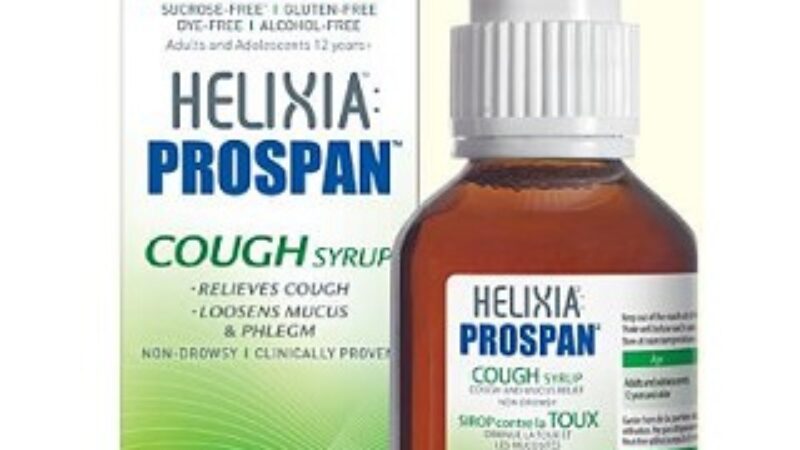Alpha hydroxy acids have been used in skin care products for many years successfully to treat a range of conditions including acne, blemishes, dark spots and rough, dry skin.
Derived from milk and fruits, AHAs (as they are often called) may be found in a variety of treatments, including cleansers, moisturizers and serums. Their most important function is to exfoliate, or remove the top layer of dead skin, helping to reveal healthier, newer skin below. They work by weakening the binding properties of the lipids that hold dead skin cells together, allowing the outer skin to “dissolve”. Regular exfoliation with an AHA will lead to softer, smoother skin.
When it comes to selecting the right alpha hydroxy acid preparation for your skin care needs, you’ll be spoiled for choice:
- Glycolic acid – The most commonly used AHA, it is derived from sugar cane. its smaller molecule size ensures that it penetrates skin easily. Glycolic acid is a key ingredient in the Neostrata and Reversa line-up.
- Lactic acid – From milk; with good penetration properties. Considered a gentler alternative to glycolic acid.
- Malic acid – From apples and pears
- Mandelic acid – From bitter almonds; it has antibacterial properties as well
- Citric acid – From oranges and lemons
- Tartaric acid – grapes
AHAs like malic acid and mandelic acid (as found in M2 Skin Care ) have a larger molecular size, ensuring slower absorption and causing less irritation. If you have sensitive skin, these two ingredients may be more suitable for you. Studies have shown that malic and mandelic acid are useful in the management of acne.
In choosing an alpha hydroxy acid product, look for formulations where they are listed as the second or third ingredient. This is an indicator that you are buying a product with a recommended concentration of five to ten percent that will deliver maximum effectiveness. AHAs work best when they are absorbed into the skin. For this reason, you may want to choose creams, lotions or serums; treatments that sit on the skin and can be absorbed. Cleansers can’t be dismissed outright, but keep in mind that they are rinsed away prior to absorption, minimizing the time in which they can exert their effect.
You may use alpha hydroxy acids every day, depending on how your skin tolerates them. Bear in mind that if you are using other active treatments (like a retinoid, for example), you may want to space out your treatments or use them on alternate days. Pay attention to the following:
- Some skin types may find a combination of active treatments highly irritating, resulting in more harm than good. If you aren’t sure how your skin will react, always perform a test patch.
- Skin irritation is a common side effect. If you have dark skin, you are at a greater risk of scars from skin irritation. Discontinue use or increase use gradually if this is the case.
- AHAs increase sun sensitivity. For this reason, always use a broad spectrum UVA/UVB blocking sunscreen as found in Anthelios sunscreens.
- Normal to dry skin benefits most from AHAs. If you have oily skin, you may want to consider treatment with a beta hydroxy acid (BHA) instead. Unlike BHAs, AHAs are water soluble and cannot penetrate pores. The exception is mandelic and malic acids, which have some studies to support their usefulness in managing oily skin problems.
Whichever alpha hydroxy acid you choose, monitor your skin’s response. Go slowly, watch for irritation and you’ll be rewarded with great looking skin




